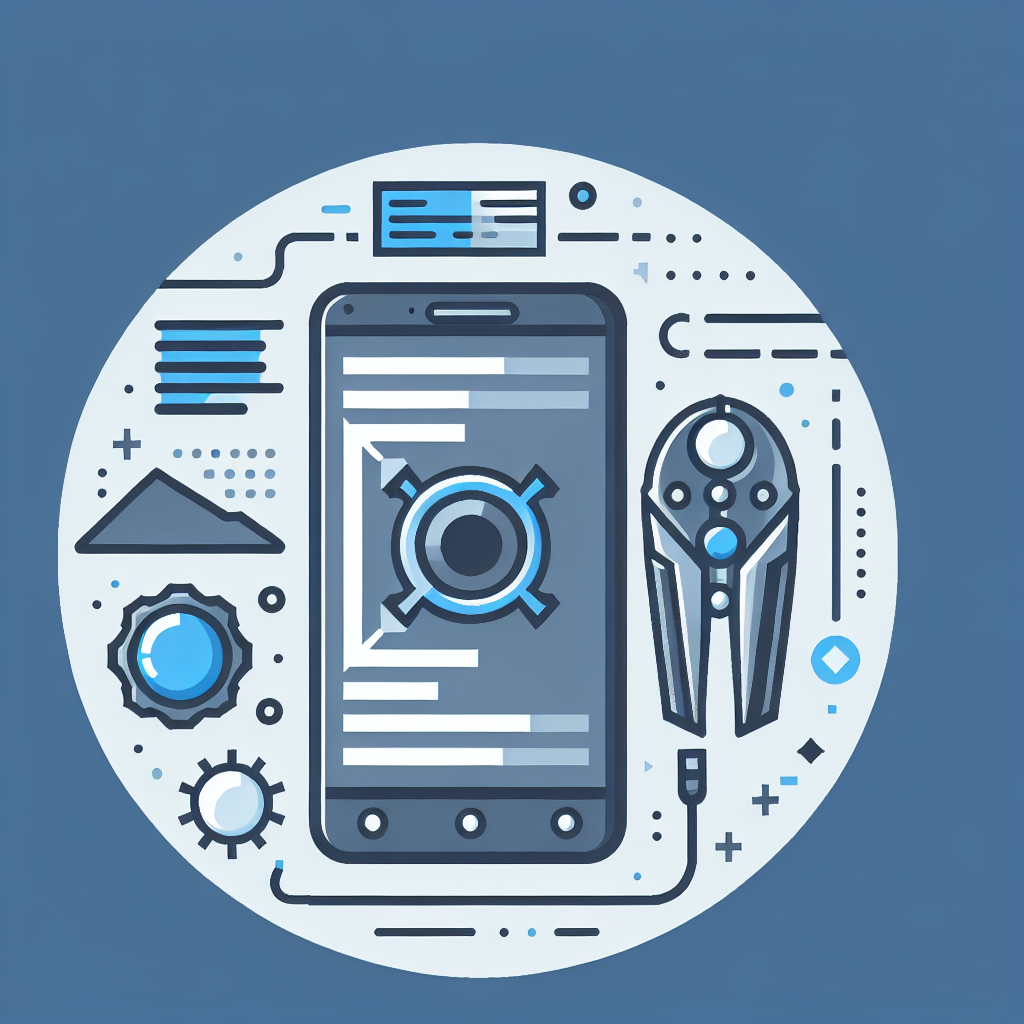Optimize Code with Clipper Code Debugger Tool
Unlock seamless debugging with the Clipper Code Debugger. Enhance your coding efficiency with advanced features. Try it now for error-free development!
Code to Debug
Debug Results
Output will appear here...
The Clipper Code Debugger is an essential tool for developers seeking to streamline their debugging process, offering real-time code analysis and error detection. Enhance productivity with its intuitive interface and robust functionality, ideal for both seasoned programmers and beginners working in software development. Boost your coding efficiency and minimize downtime with this indispensable debugging solution. LSI Keywords: code troubleshooting, software debugging, real-time analysis, error detection.

Clipper Code Debugger: Enhance Your Clipper Programming Efficiency Link to this section #
The Clipper Code Debugger is an essential tool for developers working with Clipper, a popular programming language primarily used for developing database applications. This debugger is designed to streamline code analysis, identify errors, and improve the overall quality of your Clipper applications.
Key Features Link to this section #
- Breakpoints and Watches: Set breakpoints to pause execution and examine variables. This feature allows you to identify logical errors and understand the flow of your Clipper code.
- Step Execution: Navigate through your code line-by-line to inspect how each command affects your program. This feature helps in pinpointing inefficiencies or bugs.
- Variable Inspection: View the current state of variables and data structures in real-time. This functionality is crucial for debugging complex Clipper applications.
- Error Highlighting: Instantly see syntax errors and warnings as you write code, reducing debugging time and increasing productivity.
Sample Code Snippet Link to this section #
To illustrate the usage of the Clipper Code Debugger, consider the following simple Clipper function:
FUNCTION CalculateTotal(nItemPrice, nQuantity)
LOCAL nTotal := 0
IF nQuantity > 0
nTotal := nItemPrice * nQuantity
ELSE
? "Quantity must be greater than zero."
ENDIF
RETURN nTotal
Set breakpoints at key lines to inspect variable values and ensure that the logic performs as expected.
Benefits Link to this section #
- Improved Code Quality: By identifying and fixing errors early, the debugger aids in producing robust and reliable applications.
- Time Efficiency: Automates error detection, allowing developers to focus on writing new features rather than troubleshooting.
- Learning Tool: Ideal for new Clipper programmers to understand code behavior and execution flow.
For further reading and in-depth understanding, consider resources like Clipper Documentation and Advanced Debugging Techniques.
Embrace the power of the Clipper Code Debugger to enhance your development workflow and produce high-quality Clipper applications efficiently.
Frequently Asked Questions
What is a clipper code debugger?
A clipper code debugger is a tool used to help developers identify and fix errors in Clipper programming language code by allowing them to inspect the execution flow, set breakpoints, and examine variables.
How do I set breakpoints in a clipper code debugger?
To set breakpoints in a clipper code debugger, navigate to the line of code where you want the program execution to pause, and use the debugger's interface to toggle a breakpoint. This allows you to examine the state of the program at that specific point.
Can I use a clipper code debugger with modern systems?
Yes, although Clipper is a legacy language, there are modern tools and emulators available that support Clipper code debugging on contemporary systems, often through DOS emulation or integration with modern IDEs.